We flew to Zagreb and then traveled by bus to Split. Split is in a central location allowing exploration of the Islands and the Dalmatian Coast including the famous Dubrovnik, a Jewel of the Adriatic. Dubrovnik is a UNESCO world heritage site.
Split
Split has many attractions, but the most important is the Diocletian’s Palace which was built in the third century. The palace stretches for several blocks and is filled with buildings dating from the third century through the middle ages. It contains historic sites as well as shops, restaurants, churches, caffe bars, museums, a night club, several hotels and apartments. You could spend weeks exploring the palace and continue to find new and interesting sites.
Below is an artist's rendition of what Diocletian's Palace of Split, Croatia would have looked like in the third century.

Trogir
Close to Split is the medieval town of Trogir which was once protected by walls. Narrow cobblestone streets twist and turn amongst medieval houses and the truly remarkable Romanesque cathedral built in 1630 is worth the trip. The view from the top of the cathedral is stunning. There is also a lovely beach where we spent time swimming in the waves on a very hot day.

Island of Hvar
My sister Pam and brother in law Bill joined us in Split after they had explored Rome and we ventured off to the island of Hvar together. The island is approximately a hour and a half ferry ride from Split. We proceeded directly to Hvar Town which is a very fashionable resort. Old stone houses, a 16th century cathedral, the stone beaches with crystal clear water and the modern restaurants along the Riva are attractions that make it worth the trip. We climbed to the top of the tallest of three hills surrounding the bay to explore a Venetian fortress (also a UNESCO site) and take in the magnificent panoramic view of the town.
Dubrovnik
Then off to Dubrovnik for a few days. Dubrovnik is one of the world’s finest and best preserved fortified cities. Massive walls enclose the historic centre and walking the walls is a must. From the walls one looks down on the terra cotta roof tops that many of us visualize when we think of Dubrovnik. From the walls we viewed the old town below. There are many amazing Baroque churches with copper domes, two monasteries and many boutiques and open air cafés. A tour of the old town provided us with a wonderful orientation to the city which became a UNESCO World Heritage site in 1979. After a day in the hot sun we walked through the imposing walls of the Old Town fortress through what is virtually a hole in the wall to the Buza Café (Hole in the Wall). It is a magical place just outside the fortress walls and over looking the sea where one can sit and enjoy a refreshing beverage or even take a dip in the sea if you are so inclined.

 Hole in the Wall Cafe - Dubrovnik
Hole in the Wall Cafe - DubrovnikLokrum
We also explored the Island of Lokrum, just a short boat ride from Dubrovnik. Lokrum has no residents but does have a monastery, a botanical garden, lovely beaches and a small salt water lake. It is a quiet refuge away from the hustle and bustle of Dubrovnik.
Bosnia
If you travel to Dubrovnik by road, you must pass through Neum, Bosnia as Croatia is separated by about 24 miles of Bosnian land. Neum is a resort town and Bosnia’s only land on the sea. It was very interesting to have spent this short time in the country of Bosnia.
Croatia is a remarkable country with miles and miles of coastline and remarkable seaside towns. We had the opportunity to travel to two other such towns. One being, Omiš and the other Primošten which I will describe later.
Omiš
En route to Omiš where we travelled through the mountains and observed majestic vistas of the valleys below. We then explored to the old grist mill on the Cetina River. People enjoy rafting on the river here but the day was chilly and so it was not our choice of activities. Omiš is a small town and harbour located south of Split, situated in the mouth of the Cetina River and surrounded with massive gorges. Above the town stands the Fortress Mirabella, a Romanesque fortress, built in thirteenth century. The fortress offered a reliable hideout for the Omiš pirates who used to retreat into the safety of the Cetina gorge. A magnificent view waits at the top of the fortress, well worth the 15 minute climb. (At the peak of their power, in the 12 and 13 century, Omiš Pirates were one of the most powerful and fearsome pirates on the whole Mediterranean Sea and towns like Dubrovnik were forced to make treaties with them on non-attacking)

Primošten
Another amazing seaside town is Primošten which is North of Split. It is a small island that was linked to the mainland by a small causeway five centuries ago. The stone houses, quaint churches, narrow lanes create a setting of incredible beauty. Shops and restaurants help to make Primošten an ideal tourist destination.

Bol on the island of Brac
The town of Bol on the island of Brac with its renowned beach Zlatni Rat (golden horn) was truly one of the highlights of our time in Croatia. The beach is a “V” shaped strip of sand that extends out nearly half a kilometer perpendicular to the sea. The town is very walkable and contains Renaissance-baroque architecture. Churches, a Dominican monastery, a magnificent cemetery, beautiful port all set against the backdrop of the Adriatic Sea and the Bol Vidova Mountain makes Bol an idyllic location. The island of Brac is a pleasant ferry ride from Split. It has an airport and is a popular tourist destination. It would be a lovely place to return to for a two week vacation. The best time to go would be between June 1 and September 30.

We really enjoyed our time on the Dalmatian Coast and Richard and Dijana were wonderful hosts. They helped us to experience the best Croatia has to offer. We had a wonderful time and had a difficult time to say farewell.
Zagreb
Our last stop was Zagreb. I did not have a great deal of expectations for Zagreb but was pleasantly surprised. Zagreb’s historic areas are quite magnificent. Some same the architecture of the city is reminiscent of Prague in the Czech Republic. Both upper and lower town contain amazing architecture. The main square, Ban Jelačić Square is a hub of activity and a common meeting place for the citizens of Zagreb with the meat and vegetable markets as well as concerts and events occurring in the square. We were lucky enough to secure an apartment just a few steps away from the square. There is also an amazing variety of Museums including the Mimara which we had the opportunity to explore. The Mimara Museum contains over 3,750 works of art of great value from ancient times, including Egyptian items, to paintings by great masters such as Raffael, Degas, Goya, Rubens, Michelangelo and Rembrandt.

Croatia truly has a great deal to offer.
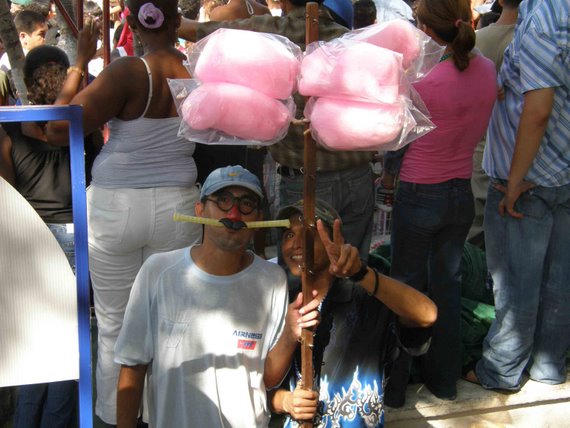
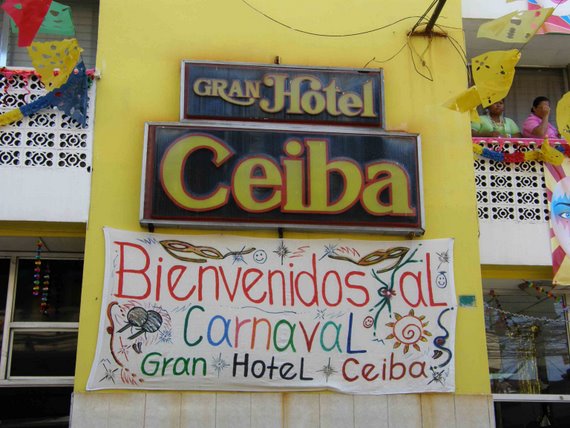
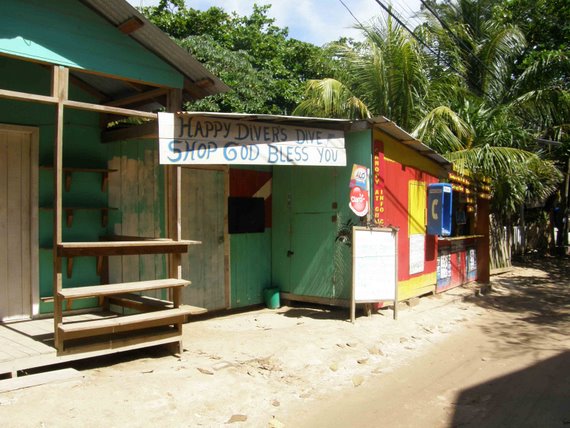
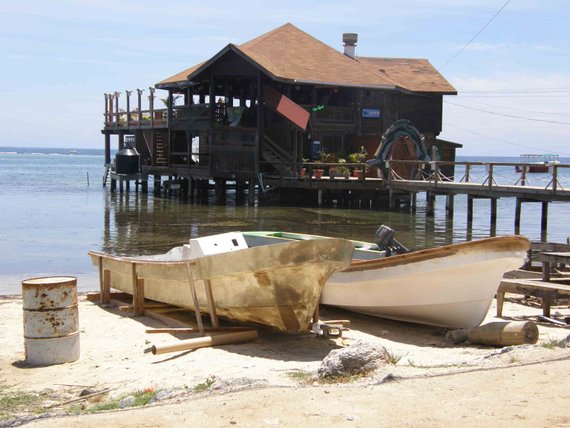
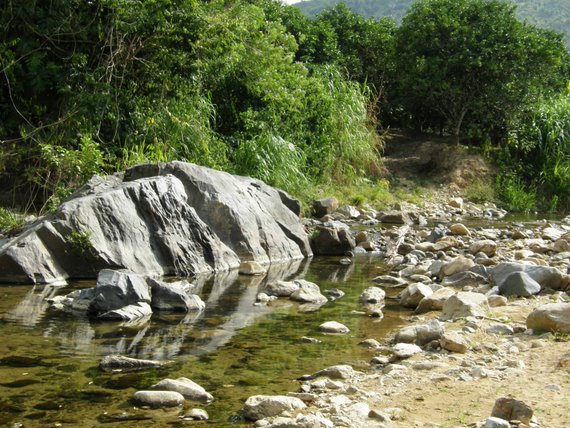

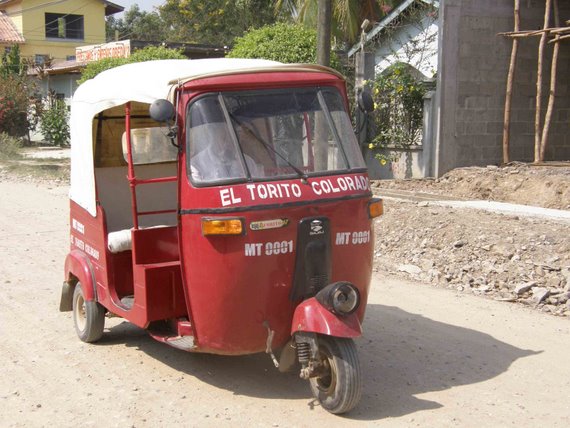
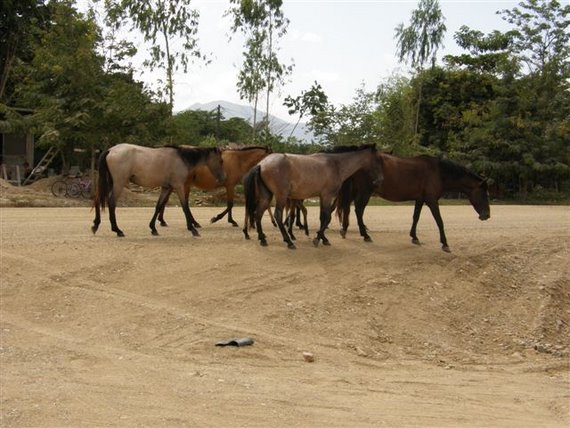
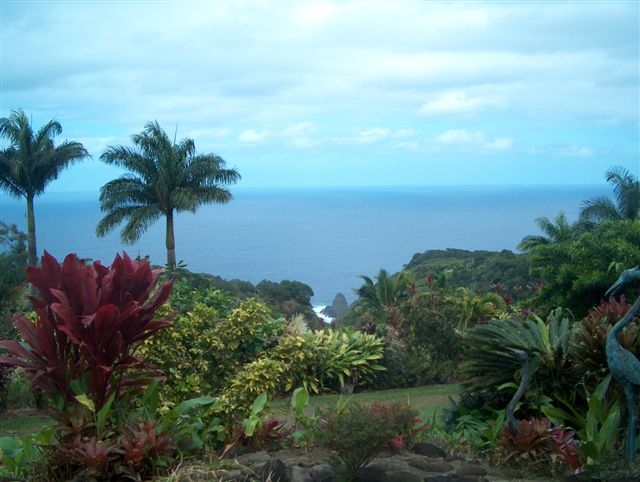

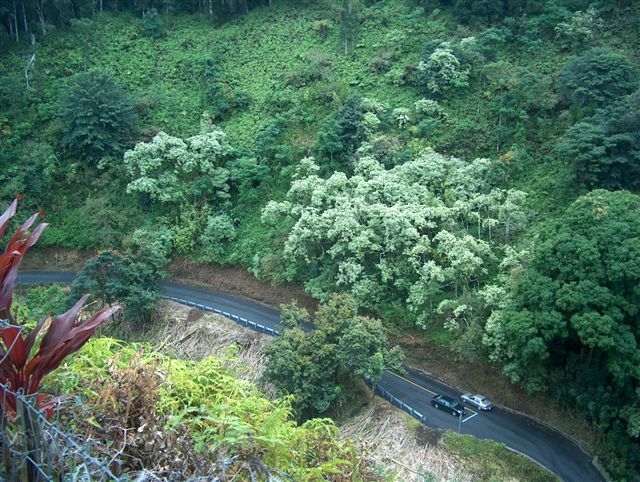

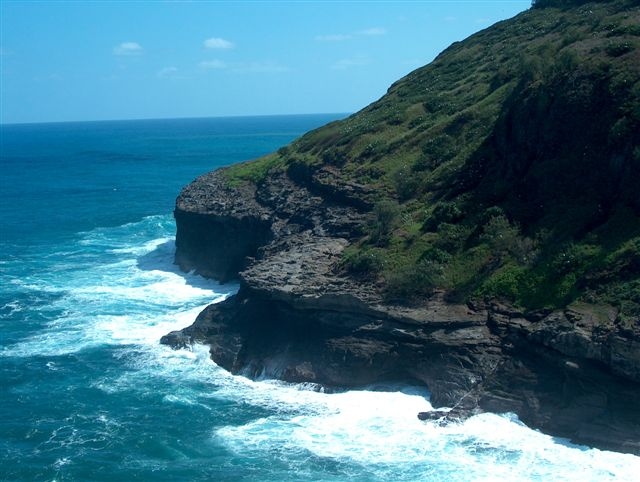
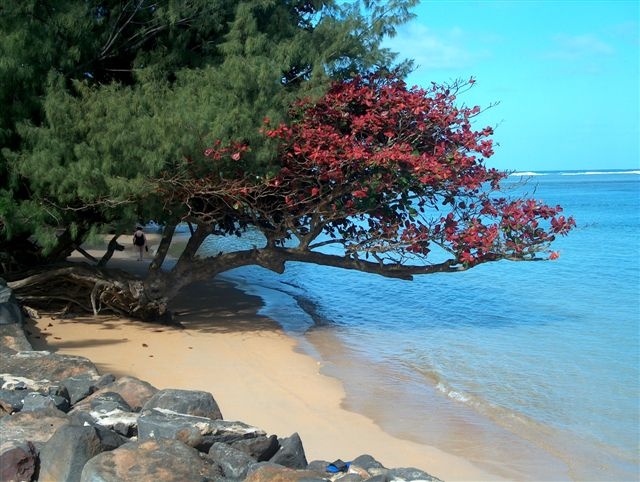
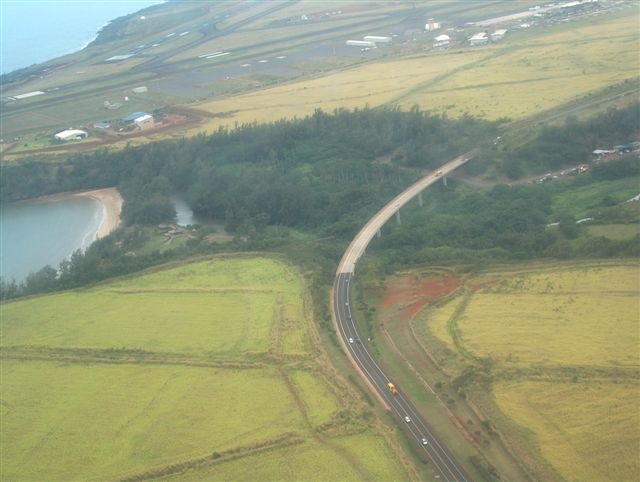
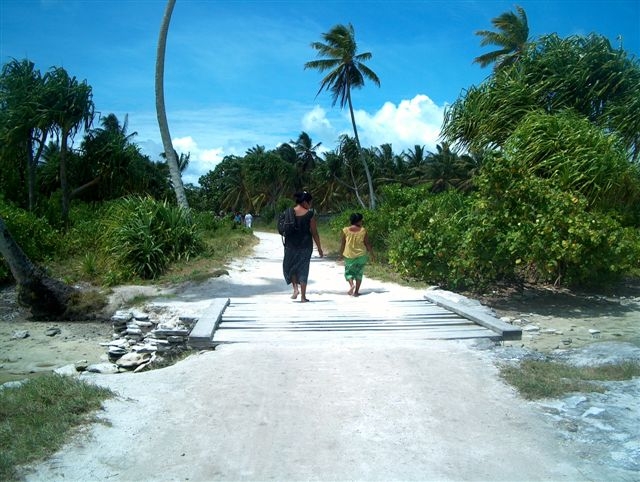
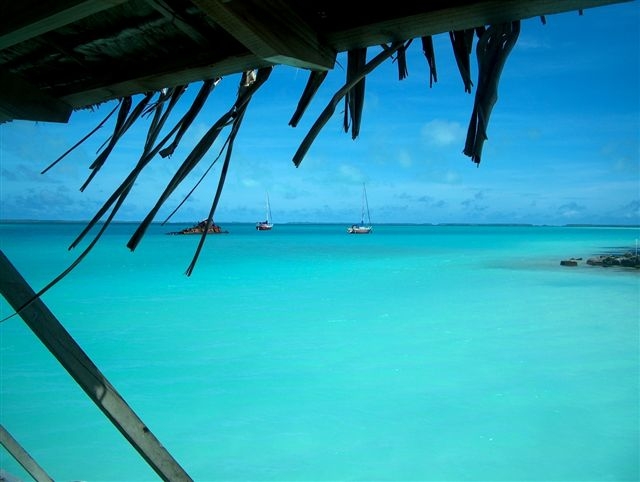
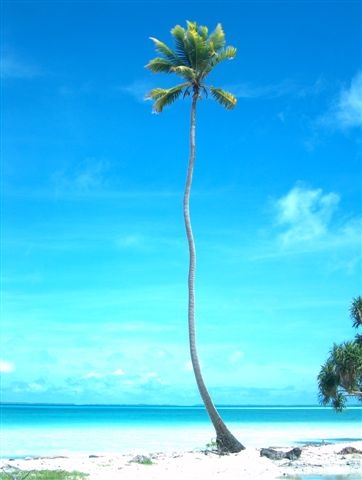
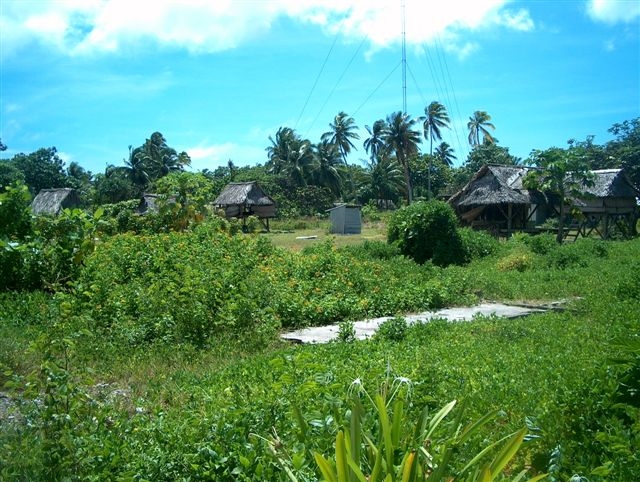
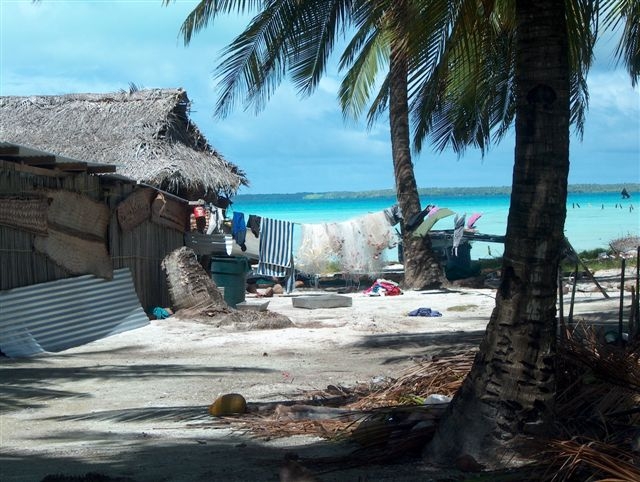

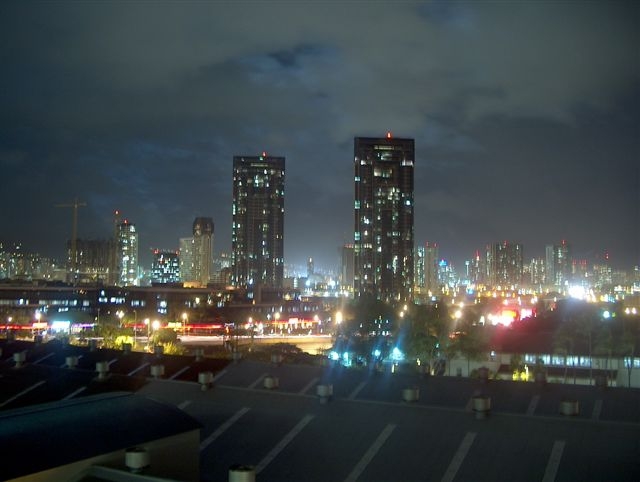
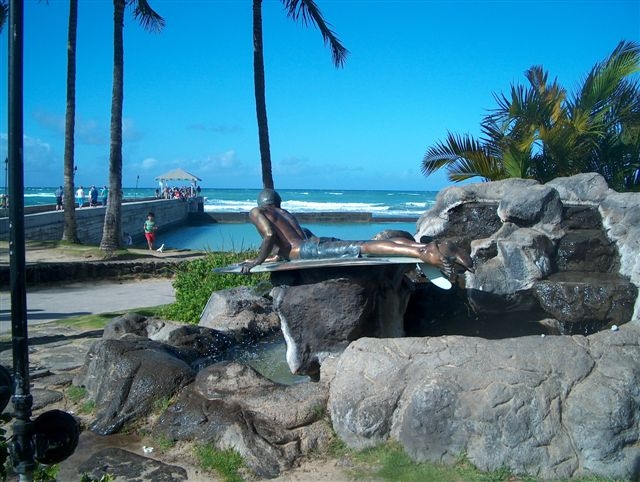
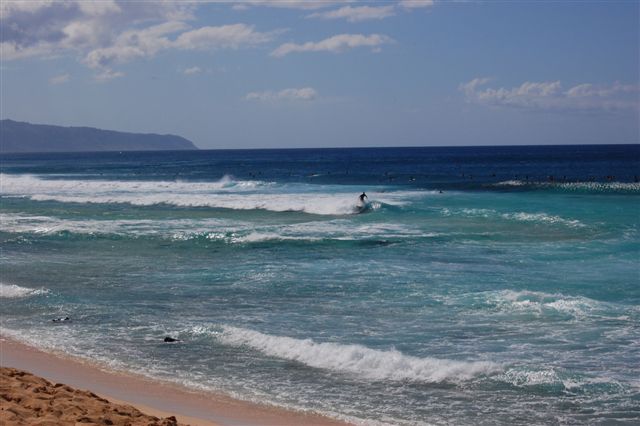
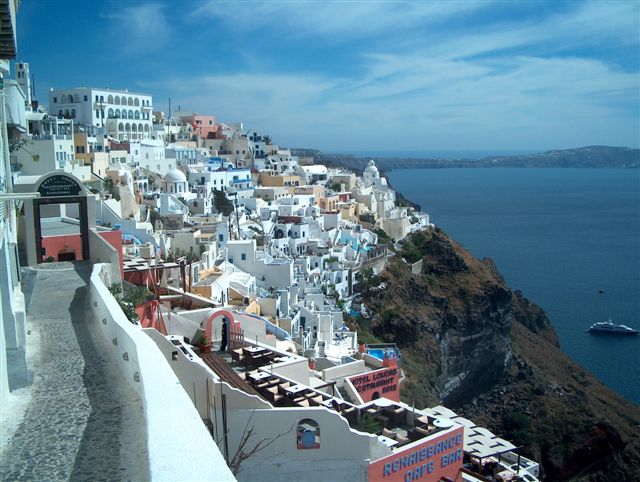
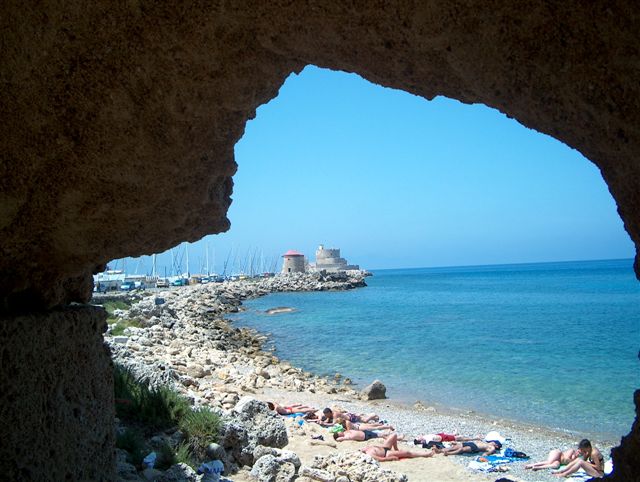

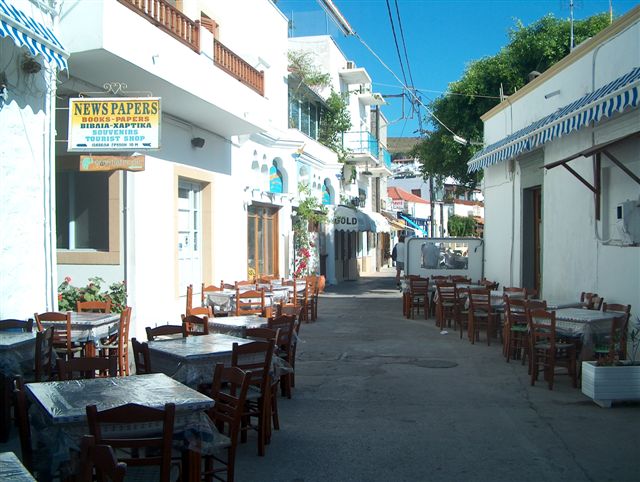
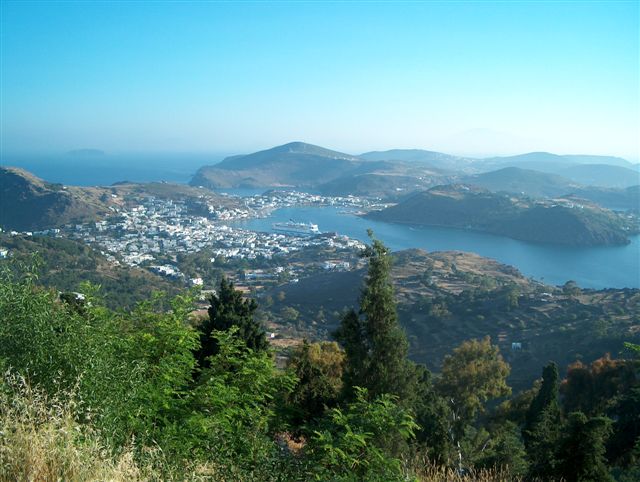

No comments:
Post a Comment